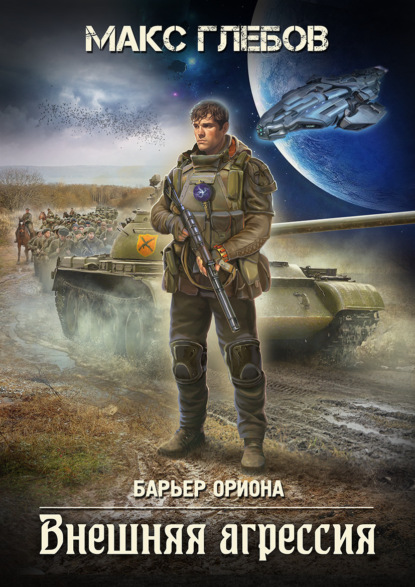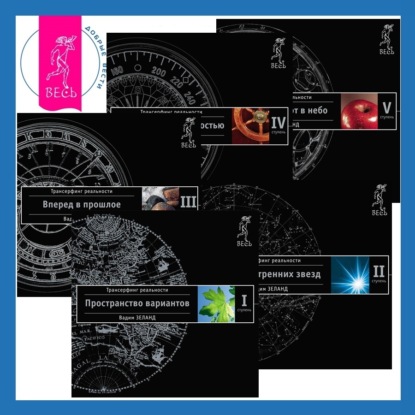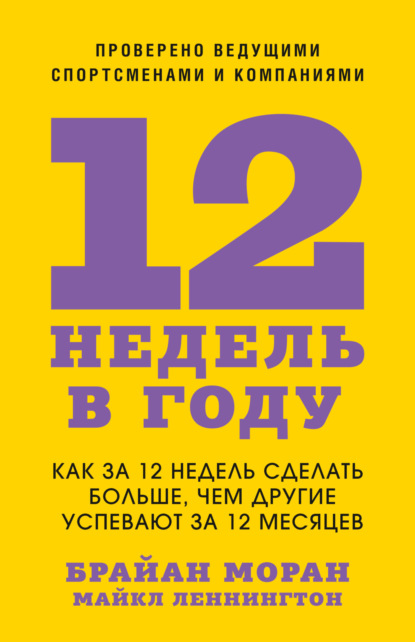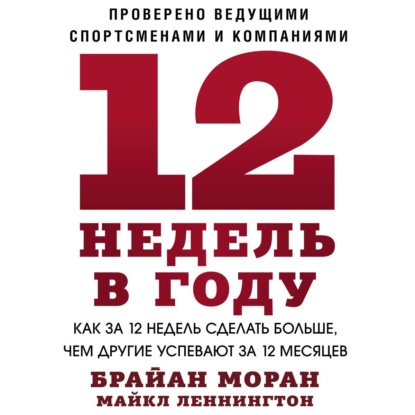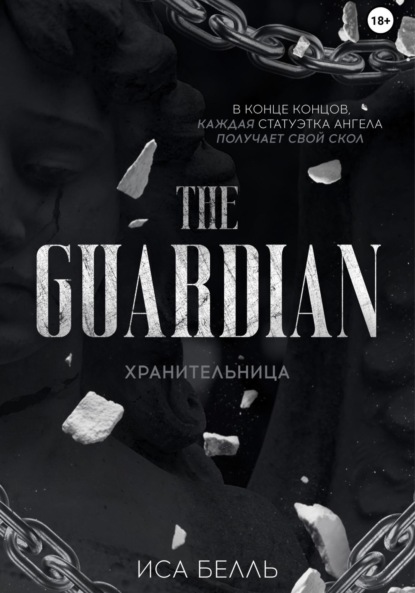At the heart of coordination chemistry lies the coordinate bond, in its simplest sense arising from donation of a pair of electrons from a donor atom to an empty orbital on a central metalloid or metal. Metals overwhelmingly exist as their cations, but these are rarely met ‘naked’ – they are clothed in an array of other atoms, molecules or ions that involve coordinate covalent bonds (hence the name coordination compounds). These metal ion complexes are ubiquitous in nature, and are central to an array of natural and synthetic reactions. Written in a highly readable, descriptive and accessible style Introduction to Coordination Chemistry describes properties of coordination compounds such as colour, magnetism and reactivity as well as the logic in their assembly and nomenclature. It is illustrated with many examples of the importance of coordination chemistry in real life, and includes extensive references and a bibliography. Introduction to Coordination Chemistry is a comprehensive and insightful discussion of one of the primary fields of study in Inorganic Chemistry for both undergraduate and non-specialist readers. Это и многое другое вы найдете в книге Introduction to Coordination Chemistry (Группа авторов)
Introduction to Coordination Chemistry Группа авторов (книга)
Подробная информация о книге «Introduction to Coordination Chemistry Группа авторов». Сайт не предоставляет возможности читать онлайн или скачать бесплатно книгу «Introduction to Coordination Chemistry Группа авторов»


